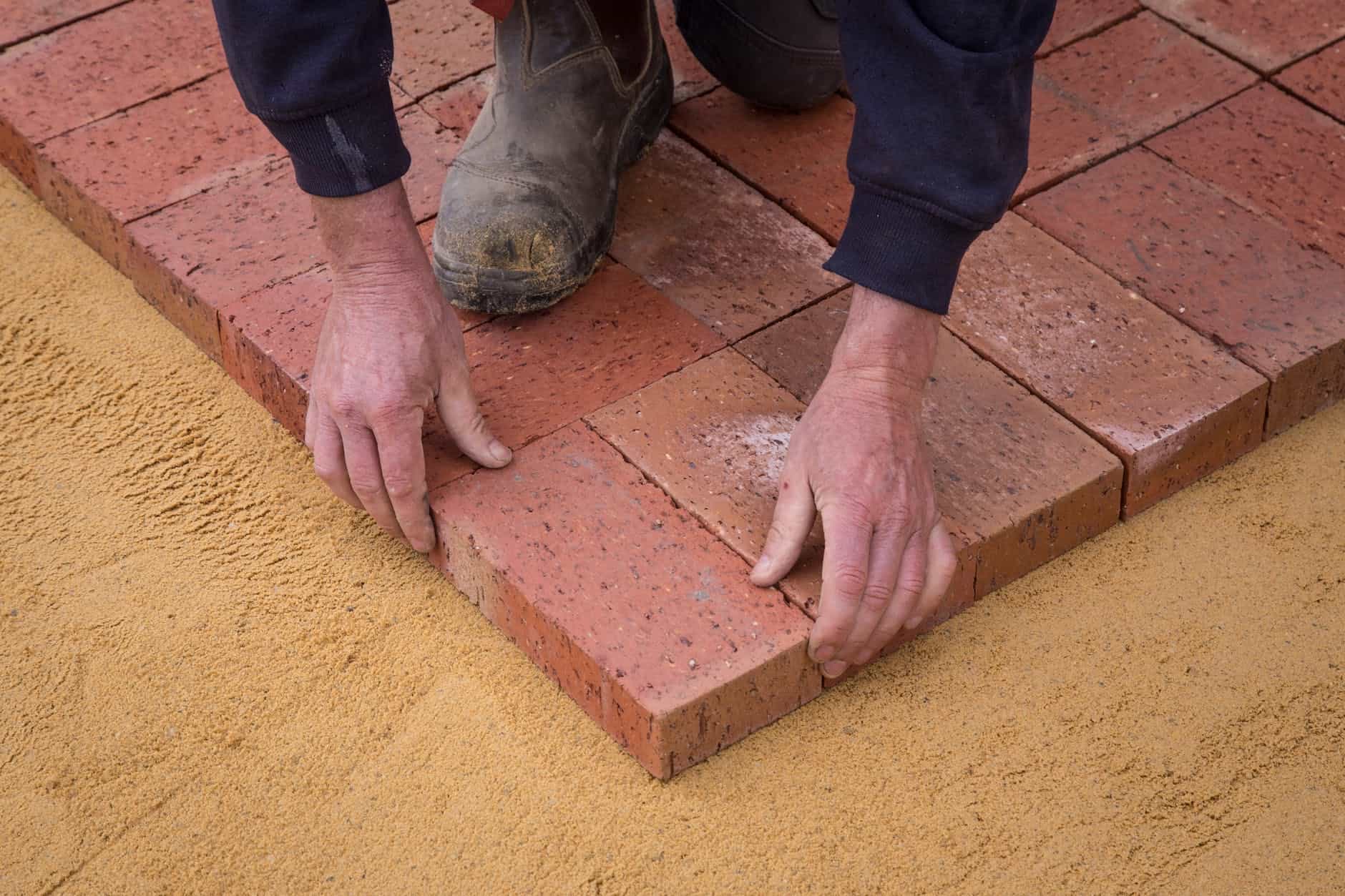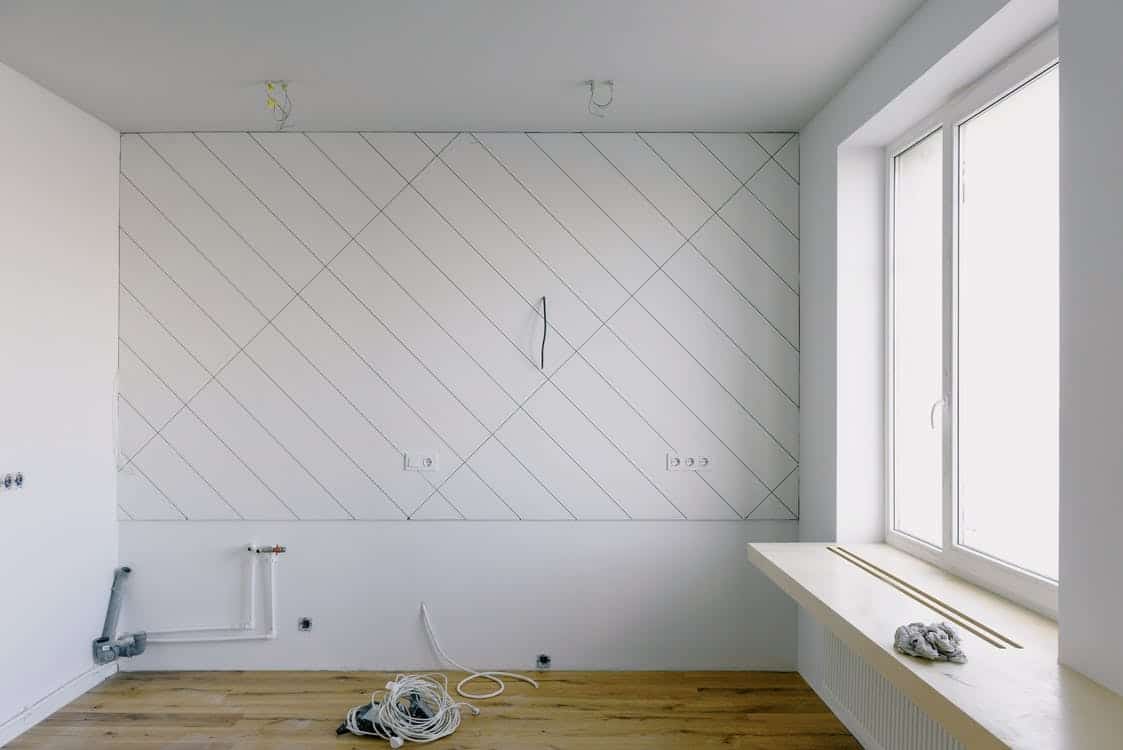Pavers for outdoor spaces can change your garden, pathway, and open-air recreation areas into extraordinary areas that the whole family loves to spend valuable time in. While laying pavers may appear difficult, with the right surface preparation, the results will certainly be rewarding. In this piece, we will thoroughly examine and analyze the critical elements that should be regarded when striving to achieve an outstanding DIY paver laying project.
1. How To Lay Paving Stones On Dirt
This is purely dependent on the particular soil type of the surface that the laying is supposed to be done. However, laying pavers on a dirt surface is not hard, and all that needs to be ensured is that they will not sink or get dirty over time.
a) Preparing The Space
The first step is to have a fully detailed plan and design for the specific area. Once that is achieved, the next thing is to have line garden stakes around all the borders and have a tight string tied around them to mark the paver base.
Using a spade, it is vital to remove all unwanted top layers of the grass and any other dirty material to make the laying pretty hard in the designated area. Once every unwanted material is removed, the next stage is to compact the soil to the same level using either a hand or a mechanical compactor.
b) Applying The Gravel
If the soil is parched, it is advisable to wet it down during the compacting process. After that, the gravel can be applied within the marked line and using either a line level or a spirit level to ensure that it is well leveled. There are still some people that use a transparent garden hose to get the level uniformity. To prevent weeds from growing between the pavers, it is advisable to use either a landscaping mat or a landscaping cover before laying the patio pavers.
When doing the work, it is advisable to be well protected by using a dust mask, proper gloves, and work shoes since pavers are just like brick and can easily scratch the skin.
c) Laying The Pavers
Once the entire process is finished as described above, the next step involves laying the patio pavers. To lay patio pavers efficiently, it is best to start from a straight edge and maintain a 2 mm between each for proper sand filling. Every paver should be tapped lightly with a rubber mallet so that it is appropriately positioned on the project area.
Once all the pavers are authenticated to be in the right position, the next step is to go over them with a plate compactor to lay them even. The amount of time one goes through the pavers does not matter but what matters most is that they are truly stable and firm.
2. How To Lay Paving Stones On Sand
Laying pavers on sand is not any different when compared to laying them on a soil site. The only noticeable difference is the way they are laid since there is an extra layer of either coarse sand, polymeric sand or road base that is added. The sand should be raked evenly, and on top of that, a plate compactor should be used to make the base evenly compact to have a stable base.
When laying pavers on the sand, it is important to take a lot of precious time to ensure that eventually, the surface meets the criteria for the bedding sand and that it has all the necessary features to prepare and guide it for the process of the paving process. Once that is achieved, the next process is to lay the pavers with the desired patterns to achieve the desired results.
3. How To Fill Sand Between The Pavers
This is considered among the most crucial processes when it comes to laying the pavers. When it is correctly done, it makes everything look good and also ensures that they are durable. The best sand materials to use are washed river sand or, better still, coarse or crushed rock. It is important to moisten the pavers and add sand until all the layer spaces are well sealed.
Important Factors Before Considering To Lay Patio Pavers

a) Architectural Style
The first thing to consider before starting work on the paver base and doing the actual laying is the architectural style of the property that will be home to the paving stones. It is advisable to make sure that when selecting the stones, they match the property.
b) The Landscape Or Patio Design Theme Of The Property
This factor makes work pretty easy when it comes to narrowing down of the paver's many paver choices. If the patio is the first place for the pavers to be laid, then it is important to redesign the landscape and select a unique style that will not have a negative impact when it comes to matching the design theme of the entire property.
c) Laying Pattern
The laying pattern for the walkway or the yard that will have pavers is a serious consideration that should not be taken for granted. The laying pattern is dependent on the property owner's style, the pavers' size, and shapes. There are patterns that are good when it comes to enhancing the themes, so it is imperative to choose a particular pattern that will not mess with the other design factors of the property.
d) Durability
Before buying pavers from the store and taking them to the site, it is important to make sure that they are made of the right materials that will last for a reasonably long period. The material should have a good grip on the layer of sand below it to illuminate the paver patio when it is fully finished. If the paver base was well prepared, then it means that the walkway will be of good quality and ideal outdoor living space for parties and barbecues.















